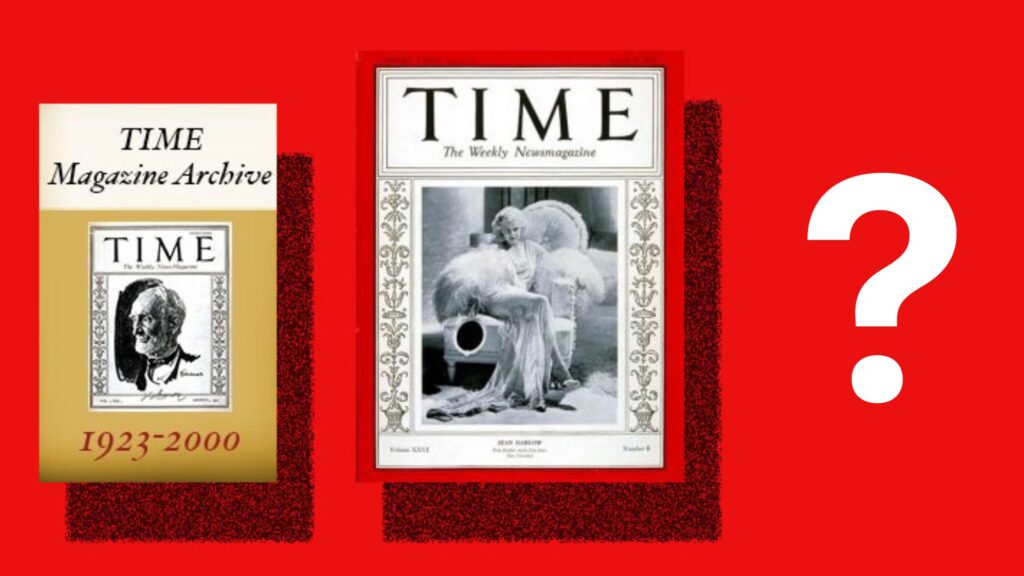In the midst of a world in turmoil, the year 1938 saw one individual rise to prominence as Time magazine’s “Man of the Year.” This annual recognition has been a tradition since 1927 and highlights individuals who have left a significant impact on the world during that year. In this blog, we will delve into the life and achievements of the 1938 honoree and explore the historical context that shaped their selection.
Also Read: US Magazine: Your Trusted Source for Celebrity News and More
The Man of the Year in 1938
Time magazine’s “Man of the Year” for 1938 was Adolf Hitler, the Chancellor and dictator of Nazi Germany. This choice was undoubtedly controversial and has been a subject of discussion for decades. The selection was not an endorsement of Hitler’s ideology or actions but a recognition of his undeniable influence on world events during that year.
Adolf Hitler: The Rise to Power
Adolf Hitler’s journey to becoming Time’s Man of the Year in 1938 was marked by a series of significant events that altered the course of history. Here are some key points:
- Rise to Power: Hitler had risen to power in Germany in the early 1930s. In 1933, he became Chancellor and later consolidated his power as dictator.
- Reoccupation of the Rhineland: In 1936, Hitler’s troops reoccupied the Rhineland, violating the Treaty of Versailles. This bold move marked a significant step toward the outbreak of World War II.
- Annexation of Austria: In 1938, Hitler successfully annexed Austria into Nazi Germany in a move known as the Anschluss. This further demonstrated his expansionist ambitions.
- Munich Agreement: The Munich Agreement, signed later in 1938, allowed Hitler to annex the Sudetenland, a region in Czechoslovakia, without facing military intervention from Western powers. This event is often seen as a failed attempt at appeasement.
Also Read: Latest Trends and Updates: US Magazine News
Controversy Surrounding the Choice
Time’s decision to name Hitler as the Man of the Year in 1938 generated significant controversy and debate. Many argued that it was a misguided choice, as Hitler’s actions were already causing immense suffering and posed a grave threat to global peace. The magazine, however, defended its decision, emphasizing that the title was not an endorsement but a recognition of an individual’s impact on world events.
Historical Context
To understand why Hitler was chosen as the Man of the Year in 1938, it’s crucial to consider the historical context. The world was on the brink of a devastating global conflict, and Hitler’s actions were central to the unfolding crisis. His aggressive expansionism and militarization of Germany had the world’s attention, making him an unavoidable figure in the international landscape.
Conclusion
Time magazine’s selection of Adolf Hitler as the Man of the Year in 1938 remains a contentious and historically significant choice. It serves as a reminder of the tumultuous era leading up to World War II and the complex role played by individuals in shaping the course of history, whether for good or ill. While Hitler’s recognition was met with criticism, it reflects the profound impact he had on the world during that fateful year and the far-reaching consequences of his actions.

